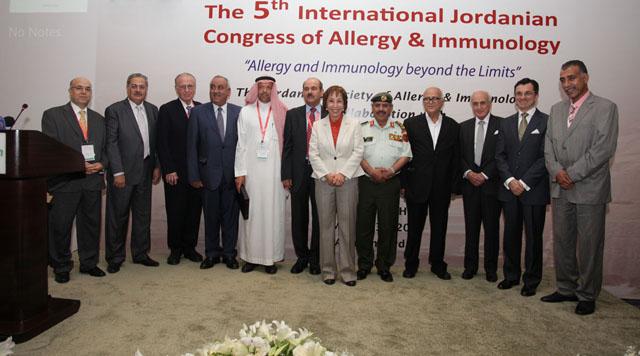You are here
The eye: A window to disease
By Dr Kamal ‘Akl , Family Flavours - Oct 11,2020 - Last updated at Oct 11,2020

Photo courtesy of Family Flavours magazine
By Dr Kamal ‘Akl
Consultant Paediatrician and Paediatric Nephrologist
While the eye is considered by some as a window to the soul, it is definitely a window to diseases that affect the body.
Whenever we look at a person, we may not concentrate on the eyes. Yet the eye may give us clues into an underlying systemic disease.
The eyelids
The eyelids provide protection. Behind the eyelids is the white of the eye that encircles the iris, which in turn envelops the cornea that sits in front of the lens. Images are formed on the screen of the eye (called the retina) when light enters via the lens.
The drooping of the eyelids, on one side or both sides, may be due to a muscle disease called myasthenia gravis. Other symptoms of this disease include tiredness after repetitive movements such as climbing stairs.
Unintentional eye movements may be congenital, secondary to poor vision and medications. When it is associated with repetitive head bobbing it may not be harmful, or it may result from brain disease.
Dancing eyes may be associated with a malignant tumour called neuroblastoma that affects infants, or a kidney disease that makes the body lose magnesium.
Swelling of the eyelids may be due to allergy, insect bites or kidney disease.
Globes
If a child has low calcium in the blood and deep-seated eyes, most likely the child has a congenital decreased activity of the parathyroid gland that regulates calcium in the blood.
On the other hand, prominent eyes may be associated with an overactive thyroid gland. Besides eye disease, eyelid swelling may be due to allergy, crying or an overactive thyroid gland. While avoiding eye contact may be associated with autism.
White of the eye
When the white of the eye is yellow this is an indication of jaundice resulting from liver disease. A bluish tinge may be due to iron deficiency. Iron deficiency with or without anaemia is common in Jordan. If you start looking at the white part of the eye and see a bluish tinge, it is worth doing a complete blood test. Iron deficiency occurs early, while the drop in the haemoglobin (anaemia) occurs late. This is especially important if the child feels tired, nervous or is suffering from hair loss.
Vitamin A deficiency may be associated with white spots in the eye. A pink eye may be due to allergy or an early manifestation of coronavirus infection, especially during a pandemic.
The iris
The iris is a thin, circular structure in the eye that controls the diameter and size of the pupils. When absent, it may be associated with a rare kidney tumour that afflicts babies.
The lens
In certain diseases, the lens may be dislocated upwards or downwards. It may be a sign of cataract (a cloudy or opaque area in the normally clear lens of the eye) or a metabolic syndrome — a cluster of conditions that occur together and increase the risk of heart disease, stroke and type 2 diabetes.
Takeaway message
The eye is a powerful tool for alerting us to potential medical problems that a child may have.
Reprinted with permission from Family Flavours magazine
Related Articles
With around 1.8 million Jordanians suffering from some type of allergy, experts on Wednesday called for coming up with a national registry documenting the cases and comparing them with those of other countries.
By Dr Kamal ‘AklConsultant Paediatrician and Paediatric Nephrologist Ahmad (6) loves to sprinkle salt all over his food even before tas
Children are a vulnerable consumer group. Before the age of seven, a child cannot identify false persuasive content in advertisements. This is why children’s exposure to ads early in life influences their food preferences. It’s no coincidence that food and beverage advertisers include popular figures and cartoon characters in their ads.


















